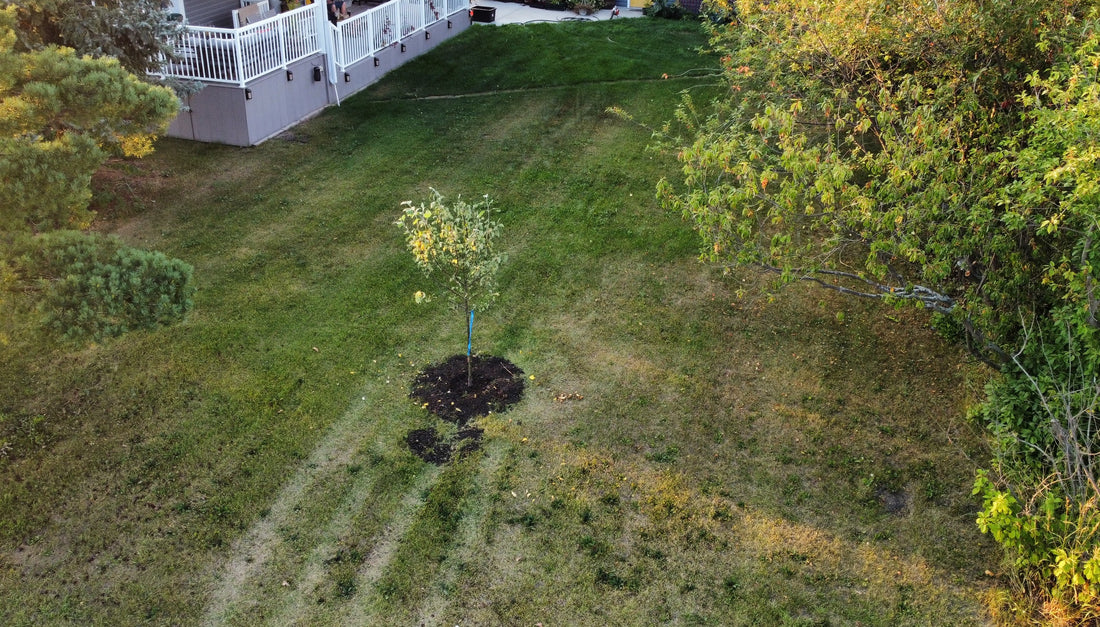Hey apple lovers! If you're living in zone 3b, you know that growing an apple tree can be a bit of a challenge. But don't let that discourage you! With the right variety, timing, location, care, and protection, you can be on your way to a bountiful harvest of delicious apples in no time.
First things first, let's talk about variety. When it comes to cold hardiness, some apple varieties just do better in zone 3b than others. I recommend trying out varieties like Honeycrisp, Haralson, or Norland! The best time to plant your apple tree in zone 3b is in the spring or fall when the weather is cooler. This gives the tree a chance to establish its root system and get ready for the next growing season. Trust me, you don't want to plant during the hot summer months!
When it comes to location, apple trees need full sun to thrive, so make sure you choose a spot in your yard that gets at least 6-8 hours of direct sunlight per day. This will ensure that your tree gets enough energy from the sun to grow and produce fruit. To keep your apple tree hydrated, you need to provide regular irrigation and mulch around the base of the tree to help retain moisture.
Growing an apple tree in zone 3b can be a bit tricky, but with the right know-how, you can enjoy a fresh and delicious apple harvest every year. One of the most important things to consider when growing apple trees is pollination. To make sure your apple tree gets all the bee love it needs, you'll want to plant at least two different varieties of apple trees in your yard. This way, even if one variety's flowers aren't blooming, the other one will be. And don't forget to plant them close enough together so bees can easily fly from one tree to the other. A distance of 20-30 feet is ideal but pollination can still occur over a distance of 500 feet! Another thing to keep in mind is weather, especially during the blooming period. Cold, rainy, or windy weather can make it difficult for pollinators to reach the flowers. To help bees and other pollinators find your trees, plant some flowering plants nearby. This will provide them with food and shelter. If you notice that your apple tree isn't setting fruit, you can try hand pollinating, this is when you use a paintbrush or cotton swab to transfer pollen from one flower to another. And remember, some apple varieties are self-fertile, which means they don't need another tree to pollinate, but it's always a good idea to have another one nearby for better fruit set.
Another thing to consider is using a cold wrap. A cold wrap can provide extra protection for your apple tree during the cold winter months. This can be especially helpful for young trees that are still establishing themselves and help keep deer and other pests away from the tree through the winter. (Read more about wrapping your apple tree in the winter HERE) And don't forget about frost protection. Apple blossoms are sensitive to frost, so make sure to protect your tree during the flowering period. Pest and disease control is also important. Keep an eye out for any signs of infestation or infection and take appropriate action to protect your tree. Last but not least, proper pruning is important for the health and productivity of an apple tree. Prune in late winter or early spring before the tree begins to leaf out.
Overall, growing an apple tree in zone 3b can be a bit of a challenge, but with the right variety, timing, location, care, and protection, you can have a delicious apple harvest every year. So, don't be discouraged and give it a try!
